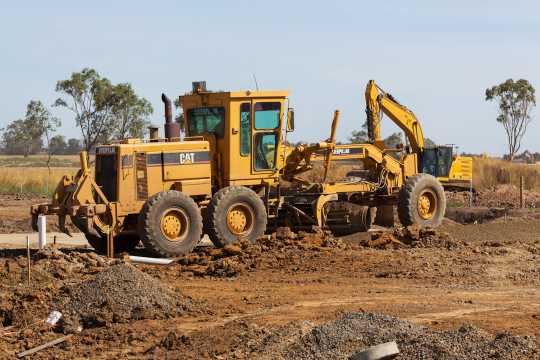Buying a used car can be an overwhelming experience, especially for beginners who may not know where to start. With so many options available, it can be difficult to know if you are getting a good deal or if the car is in good condition. However, with a bit of research and preparation, buying a used car can be a smooth and successful process. In this beginner’s guide, we will break down the steps to take when buying a used car to ensure you make a smart and informed decision.
1. Determine your budget: Before you start looking at used cars, it’s important to determine how much you can afford to spend. Consider not only the purchase price of the car but also ongoing costs such as insurance, maintenance, and fuel. Once you have set your budget, stick to it to avoid overspending.
2. Identify your needs: Consider what you will primarily use the car for and what features are essential for you. Do you need a compact car for city driving or a larger SUV for family outings? Make a list of must-have features such as fuel efficiency, safety features, and seating capacity to help narrow down your options.
3. Research different makes and models: Once you have identified your needs, research different makes and models that meet your criteria. Look for reviews, reliability ratings, and common issues with each model to help you make an informed decision. Additionally, consider factors such as insurance costs and resale value when narrowing down your options.
4. Search for used cars: There are many ways to search for used cars, including online classifieds, dealerships, and auctions. Websites such as Autotrader, Craigslist, and Cars.com are popular platforms for finding used cars in your area. Visit multiple sources to compare prices and options before making a decision.
5. Check the vehicle history report: Before making an offer on a used car, obtain a vehicle history report to check for any accidents, title issues, or odometer discrepancies. A clean vehicle history report can give you peace of mind that the car has been well-maintained and does not have any hidden issues.
6. Inspect the car: Once you have found a used car that meets your criteria, schedule a test drive and inspection. Look for signs of wear and tear, check the engine, brakes, and tires, and listen for any unusual noises. If you are not confident in your ability to inspect the car, consider hiring a professional mechanic to do a thorough inspection.
7. Negotiate the price: When negotiating the price of a used car, be prepared to walk away if the seller is unwilling to meet your offer. Use the research you have done on the car’s value to justify your offer and be willing to compromise to reach a fair price. Keep in mind that there may be room for negotiation on the price, especially if the car needs repairs or has been on the market for a while.
8. Close the deal: Once you have agreed on a price, finalize the deal by signing the necessary paperwork and transferring ownership. Make sure to get a bill of sale, title transfer, and any other required documents to protect yourself legally. Additionally, consider purchasing a warranty or extended service contract to cover any potential issues that may arise after purchase.
Buying a used car can be a rewarding experience if done correctly. By following these steps, you can ensure that you make a smart and informed decision when buying a used car. Remember to take your time, do your research, and trust your instincts to find the right car for your needs. With a bit of patience and perseverance, you can drive away in a quality used car that meets your needs and budget.


